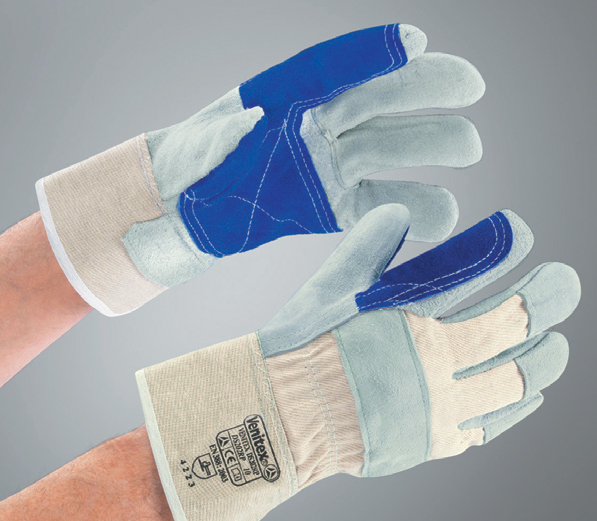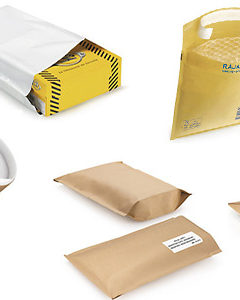Work gloves are essential protective equipment that helps to keep hands safe not only during manual work. They are appreciated by people working in heavy industry, but also by gardeners and do-it-yourselfers. What are the criteria for choosing protective gloves?
What type of protection do work gloves provide?
Work gloves are one of the most important protective equipment and are an everyday part of work in many industries. They find their use not only in factories and companies where employees work with their hands, but also in the home. They protect hands from minor injuries but also from contamination.
There are several different types of protection:
Three basic categories
- Category I (CAT. I) – low protection.
- Category II (CAT. II) – medium protection – for example against mechanical hazards.
- Category III (CAT. III) – high protection – e.g. when working with chemicals, risk of burns or, conversely, frostbite and serious hand injuries.
Types of work gloves
Protective gloves are made of different materials that differ in their properties and durability. RAJA offers the following work gloves:
- Leather gloves made of high quality cow, goat and pig leather, they provide very good protection. They will protect your hands when working in wet or dry environments and will be appreciated outdoors in all weathers.
- Cotton gloves are comfortable and suitable for handling objects, for cold environments and for activities that can get dirty or injured.
- Latex gloves are suitable for single use. They are made from natural rubber, which makes them very flexible.
- Nitrile gloves are used in many industries. They are also designed for single use. However, they are most commonly found in the healthcare and food industries. However, they can also be purchased for use in the home, for example for cleaning. They provide basic hand protection.
- Vinyl gloves are easy to put on and take off and protect the hands from dirt.
- Textile work gloves provide a good grip and are particularly popular with gardeners, but also in the automotive industry, for example.
- Non-slip are suitable for a better grip and for working with slippery objects.

Selection of gloves according to the job
When choosing protective gloves, it always depends on what kind of work is involved, what conditions you are working in, what objects you are working with and for how long.
- Working with blunt objects that do not pose a high risk of injury: in this case, leather, combination or seamless gloves made of nitrile, PVC or latex are suitable.
- For handling slippery objects, choose non-slip protection.
- Working with sharp, hot or cold objects requires gloves that provide high protection. They should contain aramid fibres to prevent burns or cuts.
- When using chemicals, rely on specially treated gloves designed for this purpose.
- It is advisable to choose insulating rubber gloves for protection against electric shock.
All important requirements for protective gloves are set out in EN 420.














